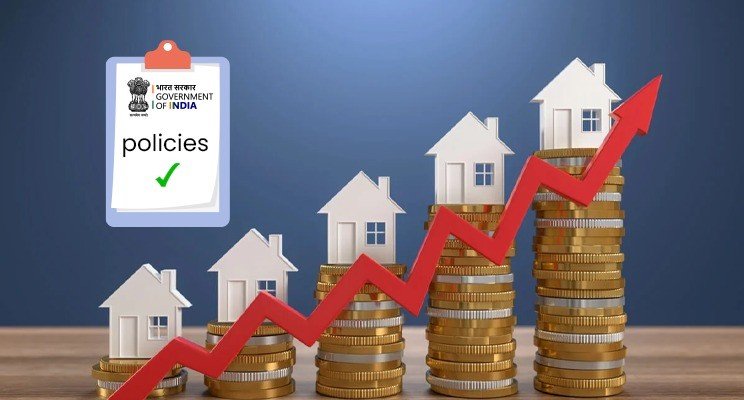
Real estate markets are sensitive to multiple factors, and government initiatives play one of the most crucial roles in shaping property prices. From introducing tax reforms to launching infrastructure projects, government policies can make or break investor confidence. Understanding these impacts is vital for buyers, sellers, and investors looking to maximize returns.
Government initiatives encompass any strategic decisions, policies, or programs that aim to influence the property sector. These can range from financial incentives to regulatory reforms. By adjusting these levers, authorities can affect demand, supply, and overall market sentiment.
Some common government initiatives include:
These actions can either stabilize property prices or create sharp fluctuations depending on their scope and reception by the market.
One of the most visible ways government initiatives affect property prices is through infrastructure development. When authorities invest in new roads, metro lines, or commercial hubs, they directly enhance the accessibility and attractiveness of surrounding areas.
Investors often monitor government-approved infrastructure projects as a predictive tool for future price increases.

Financial incentives are powerful tools to influence property market behavior. Governments may offer subsidies for new homeowners or reduce stamp duty on real estate transactions.
These financial levers can either stimulate growth or prevent the market from overheating.
Regulations are another crucial factor. By enforcing laws or easing restrictions, governments directly influence both the demand and supply of real estate.
Market sentiment often reacts strongly to regulatory announcements, making timely analysis essential for investors.
Long-term government planning can create sustained impacts on property prices. Smart city initiatives, urban regeneration projects, and eco-friendly developments all have significant implications.
By aligning investment decisions with government urban planning strategies, buyers and developers can anticipate property price trends more accurately.
Consider a city where the government launches a new metro line connecting suburban areas to the city center. Immediately, the following effects are observed:
This example illustrates how a single government initiative can ripple across the market, impacting prices, development, and investment patterns.
While initiatives can boost property markets, they also carry risks. Investors must consider potential downsides:
A balanced understanding of both the benefits and risks is key to making informed decisions.

Investors can leverage government initiatives to maximize returns by:
Being proactive and strategic allows investors to capitalize on positive government interventions while minimizing exposure to potential downsides.
Government initiatives are among the most significant forces shaping property prices. From infrastructure projects and tax incentives to regulatory reforms and urban planning, each action has the power to influence demand, supply, and overall market sentiment.
For buyers, understanding these initiatives helps in selecting the right property at the right time. For investors, it enables more accurate forecasting and better risk management. Ultimately, being aware of government-driven changes is not just an advantage—it is essential for anyone actively participating in the real estate market.
By keeping a close eye on policy announcements and infrastructure projects, you can anticipate trends, capitalize on opportunities, and make informed property investment decisions that yield long-term benefits.
Do Follow Estate Magazine on Instagram
